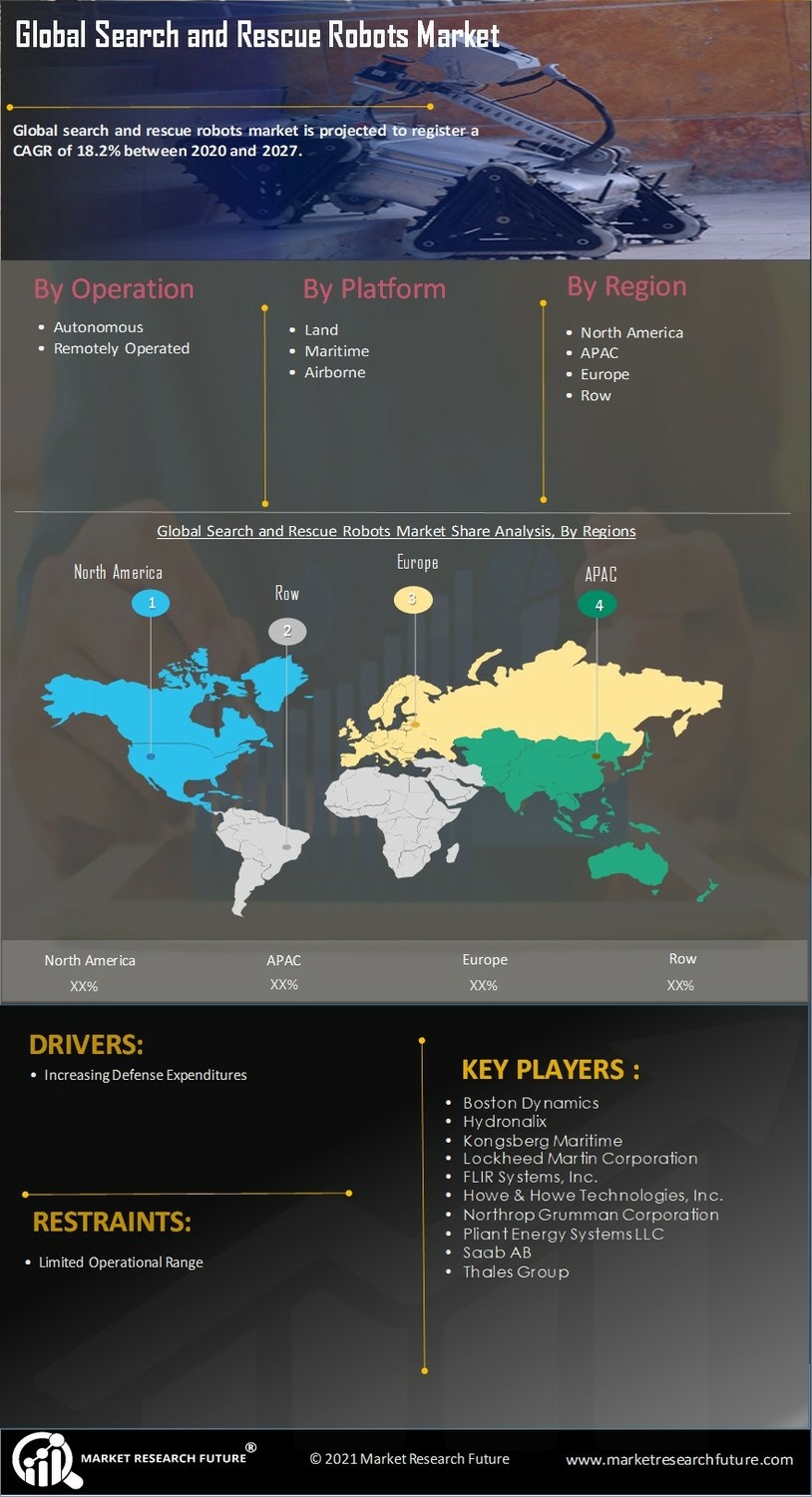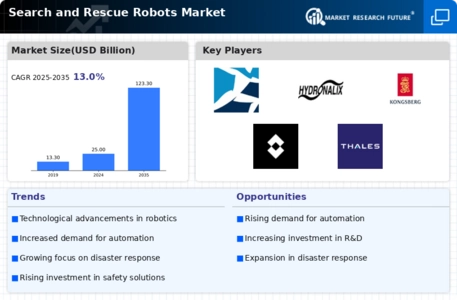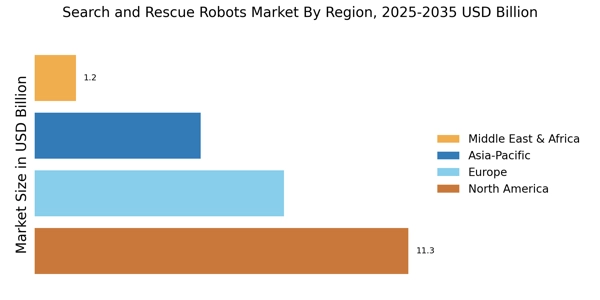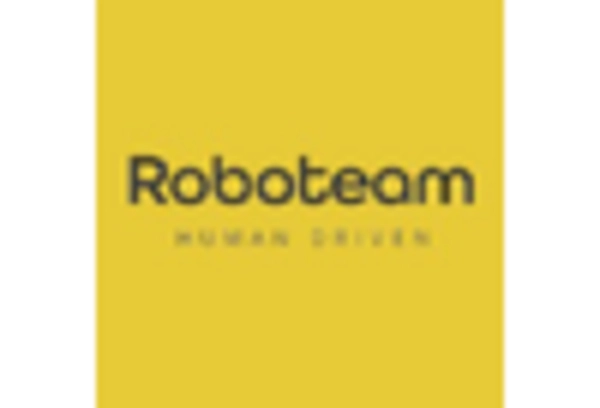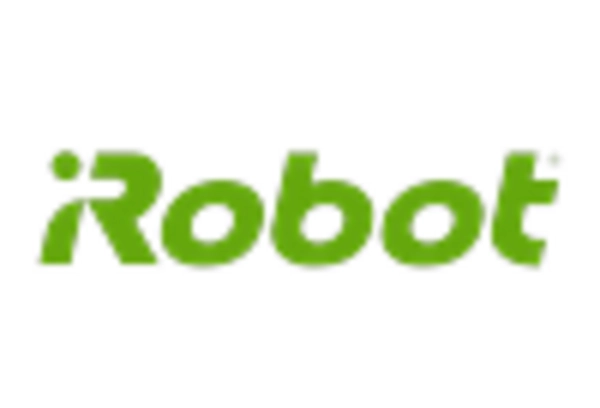Government Initiatives and Funding
Government initiatives and funding play a crucial role in the Search and Rescue Robots Market. Many countries are recognizing the potential of robotics in enhancing public safety and disaster response. As a result, various government agencies are allocating budgets to research and development of search and rescue technologies. For example, funding programs aimed at fostering innovation in robotics have been established, which encourages collaboration between private companies and research institutions. This financial support is expected to accelerate advancements in robot design and functionality, ultimately expanding the market. The increased focus on public safety and disaster preparedness is likely to further stimulate growth in this sector.
Technological Innovations in Robotics
The Search and Rescue Robots Market is experiencing a surge in technological innovations, which are enhancing the capabilities of these robots. Advanced sensors, artificial intelligence, and machine learning algorithms are being integrated into search and rescue robots, allowing for improved navigation and obstacle avoidance. For instance, the incorporation of thermal imaging and LiDAR technology enables these robots to operate effectively in challenging environments, such as disaster-stricken areas. As a result, the market is projected to grow at a compound annual growth rate of approximately 15% over the next five years, driven by the demand for more efficient and reliable rescue operations. This trend indicates a shift towards more autonomous systems that can assist human responders in critical situations.
Advancements in Communication Technologies
Advancements in communication technologies are significantly impacting the Search and Rescue Robots Market. Enhanced communication systems enable real-time data sharing between robots and human operators, improving coordination during rescue missions. The integration of 5G technology is particularly noteworthy, as it allows for faster data transmission and more reliable connectivity in remote areas. This capability is essential for effective search and rescue operations, where timely information can be critical. As communication technologies continue to evolve, they are likely to facilitate the development of more sophisticated robotic systems, further driving growth in the market. The synergy between robotics and communication advancements presents a promising avenue for enhancing emergency response efforts.
Growing Awareness of Disaster Preparedness
The Search and Rescue Robots Market is benefiting from a growing awareness of disaster preparedness among communities and organizations. As the frequency of natural disasters increases, there is a heightened emphasis on developing effective response strategies. This awareness is driving investments in search and rescue technologies, as stakeholders seek to enhance their capabilities in managing emergencies. Educational programs and training initiatives are being implemented to familiarize responders with robotic systems, thereby increasing their acceptance and utilization. The market is projected to expand as more entities recognize the value of integrating robotics into their disaster response frameworks, potentially leading to a more resilient society.
Rising Demand for Emergency Response Solutions
The Search and Rescue Robots Market is witnessing an increasing demand for effective emergency response solutions. Natural disasters, industrial accidents, and terrorist attacks necessitate rapid and efficient rescue operations. Governments and organizations are investing in advanced robotic systems to enhance their emergency response capabilities. According to recent data, the market for search and rescue robots is expected to reach USD 1.5 billion by 2026, reflecting a growing recognition of the importance of robotics in saving lives. This rising demand is likely to drive innovation and competition among manufacturers, leading to the development of more sophisticated and versatile robots tailored for various emergency scenarios.
